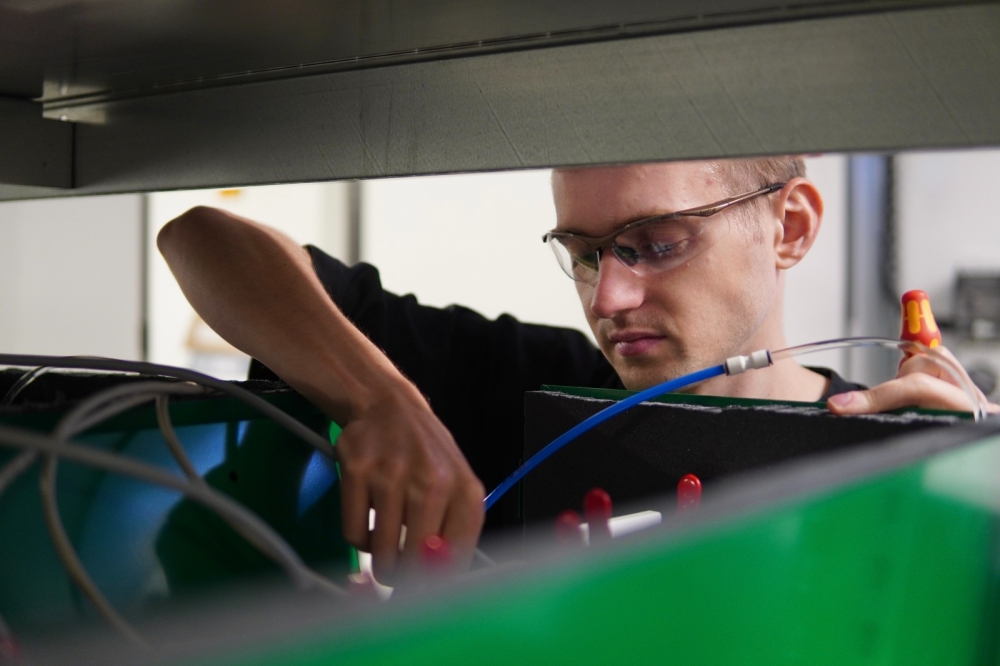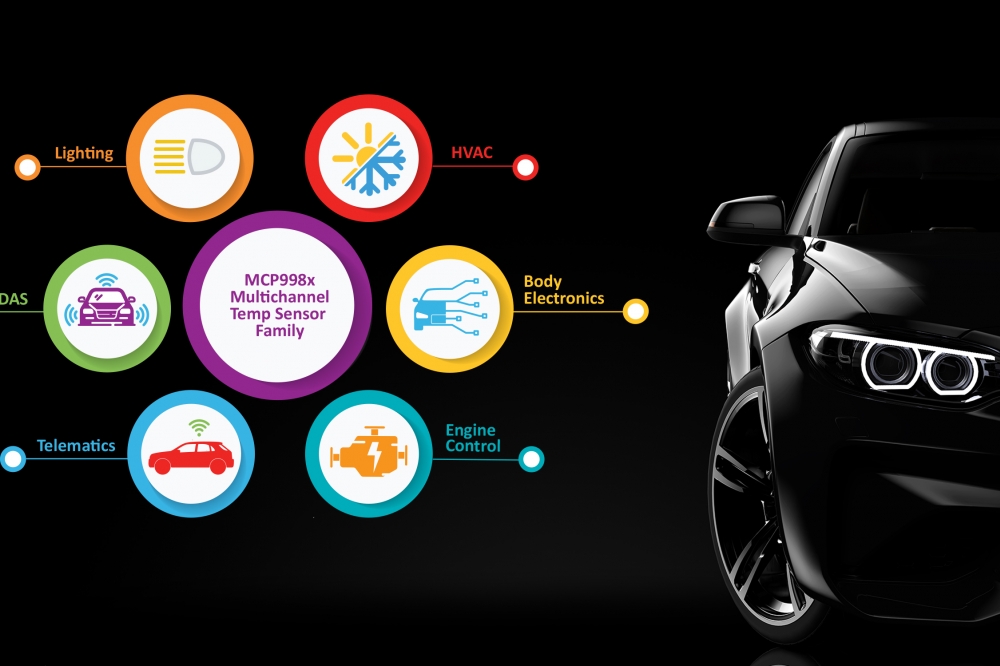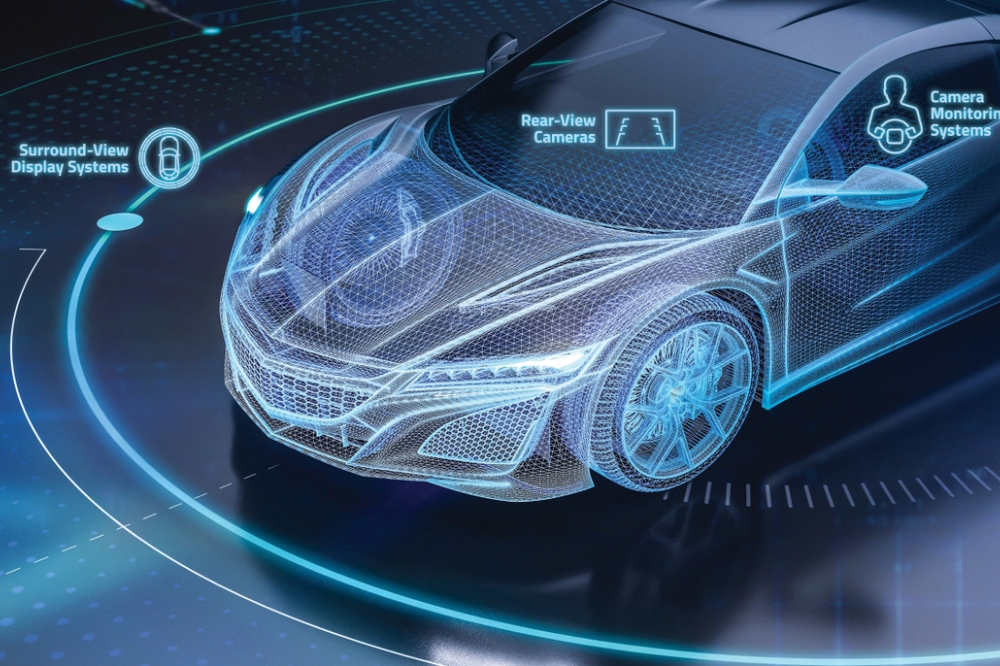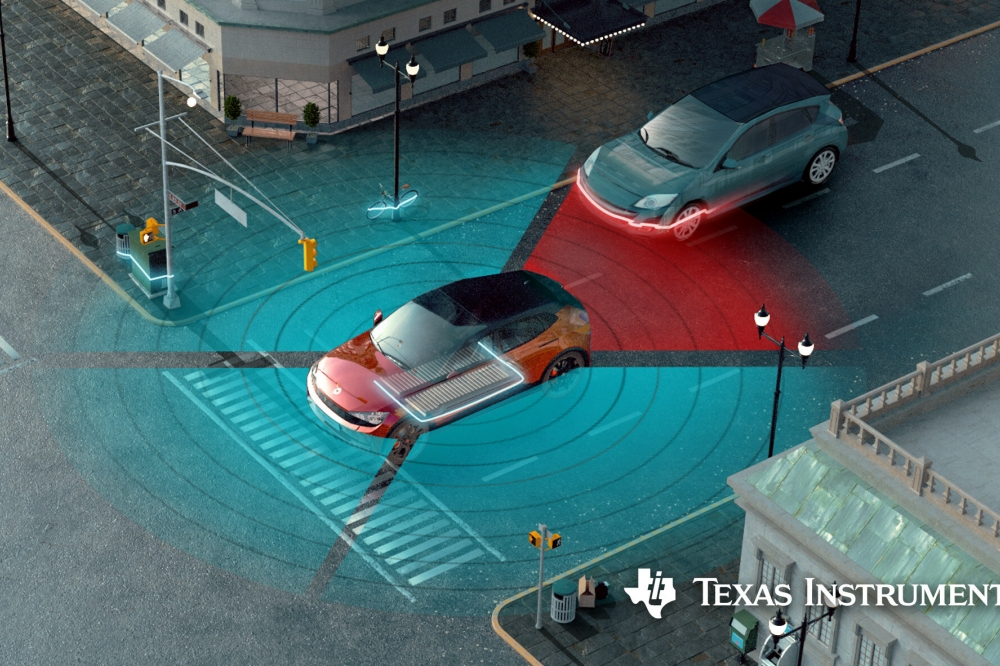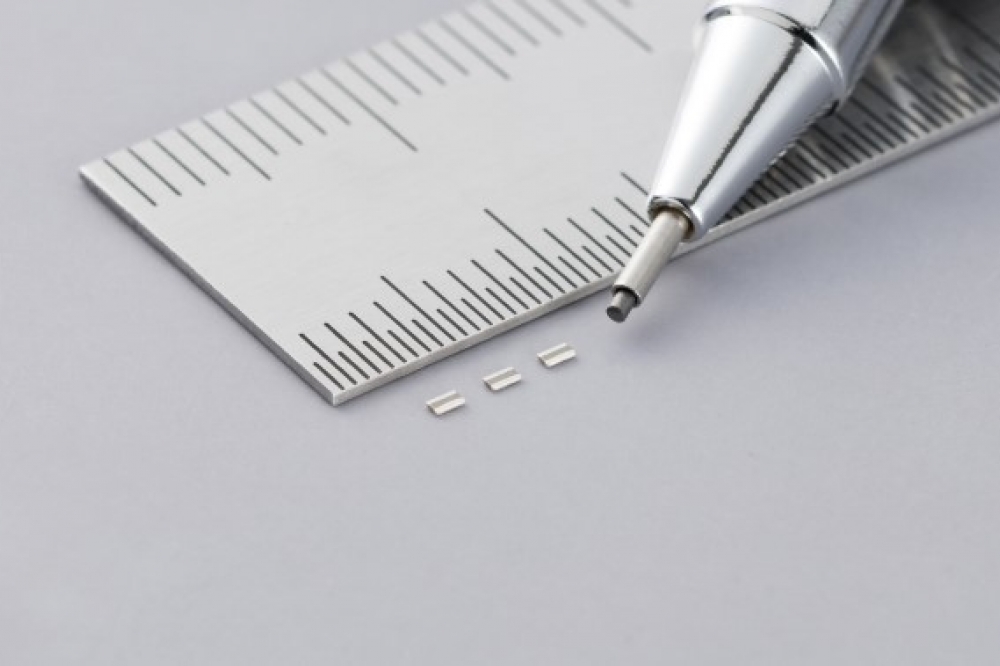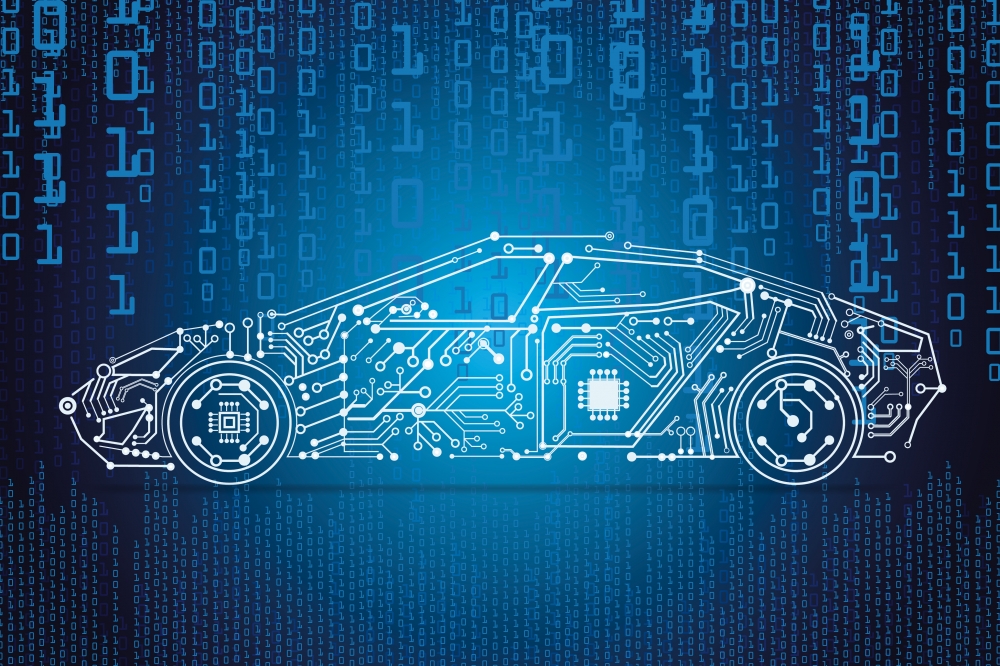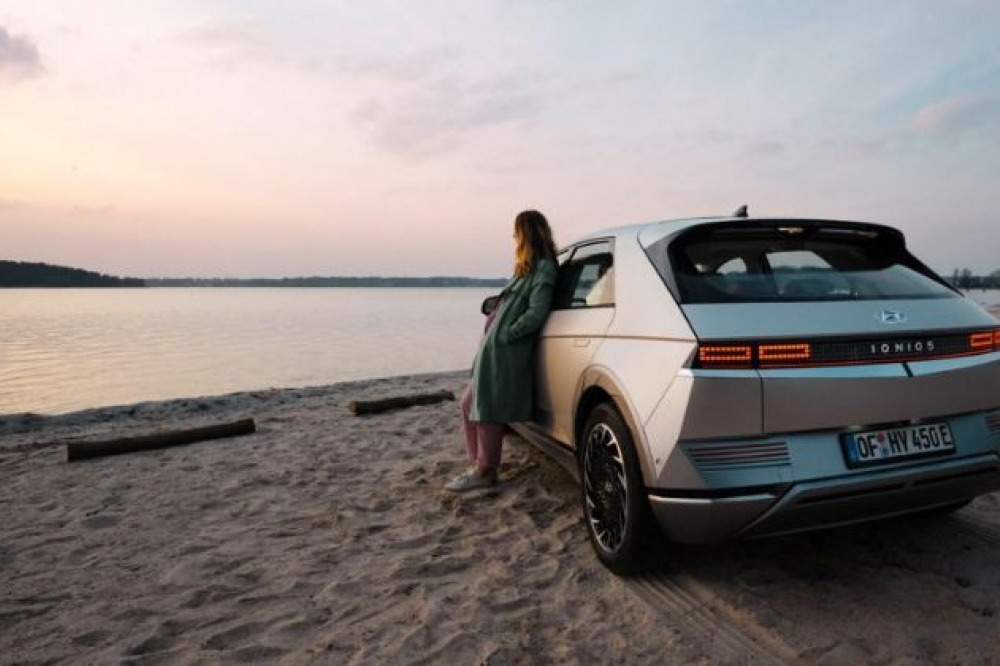Bosch making its long-range LiDAR sensors production-ready
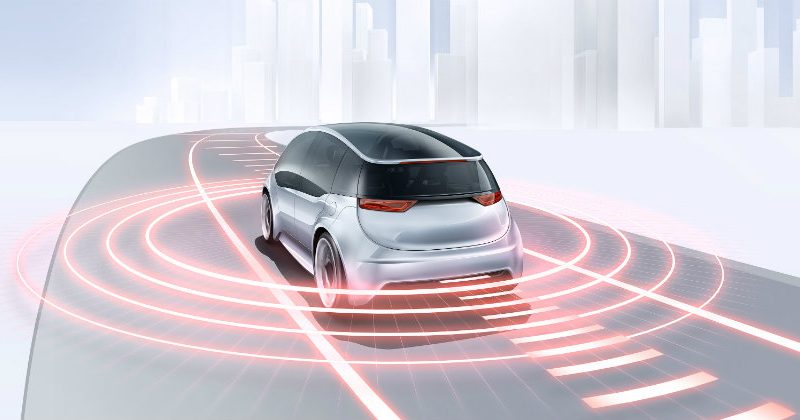
Bosch is making long-range LiDAR sensors production-ready – the first LiDAR (light detection and ranging) system that is suitable for automotive use. This laser-based distance measurement technology is indispensable for driving functions at SAE Levels 3 to 5.
The new Bosch sensor will cover both long and close ranges – on highways and in the city. By exploiting economies of scale, Bosch wants to reduce the price for the sophisticated technology and render it suitable for the mass market. “By filling the sensor gap, Bosch is making automated driving a viable possibility in the first place,” said Bosch management board member Harald Kroeger.
Only the parallel deployment of three sensor principles ensures that automated driving will offer maximum safety when it is rolled out. This has been confirmed by Bosch analyses, where developers investigated all use cases of automated driving functions – from highway assist to fully automated driving in cities. For example, if a motorcycle approaches an automated vehicle at high speed at a junction, LiDAR is needed in addition to camera and radar to ensure the reliable sensing of the two-wheeler. In this instance, radar can struggle to detect the bike’s narrow silhouette and plastic fairings. Moreover, a camera can always be dazzled by harsh light falling on it. As such, there is a need for radar, camera, and LiDAR, with the three technologies complementing each other perfectly and delivering reliable information in every driving situation.
In LiDAR systems, the sensor emits laser pulses and captures the laser light that is scattered back. The system then calculates distances based on the measured time it takes for the light to bounce back. LiDAR offers very high resolution with a long range and a wide field of vision. As a result, the laser-based distance measurement tool can reliably detect even non-metallic objects at a great distance, such as rocks on the road. This means there is plenty of time to initiate driving maneuvers such as braking or swerving.
At the same time, using LiDAR in vehicles exposes the LiDAR system’s components, such as the detector and the laser, to many stresses – above all, with regard to temperature resistance and reliability over the vehicle’s entire lifetime. Because Bosch can draw on its sensor expertise and systems know-how in the fields of radar and camera technology when developing the LiDAR, the company can ensure that all three sensor technologies dovetail with each other.
“We want to make automated driving safe, convenient, and fascinating. In this way, we will be making a decisive contribution to the mobility of the future,” said Kroeger. Bosch’s long-range LiDAR will not only fulfill all safety requirements for automated driving, it will also enable automakers to efficiently integrate the technology into a very wide range of vehicle types in the future.
Bosch is an innovation leader in sensor technology for driver assistance systems and automated driving. The company has been developing and manufacturing millions of ultrasound, radar, and camera sensors in-house for many years now. In 2019, Bosch sales of driver assistance systems rose by 12% to around €2 billion ($2.22 billion). These assistance systems are paving the way for automated driving.
Recently, Bosch engineers succeeded in taking the camera technology used in cars to a new level by enhancing it with artificial intelligence. The camera technology detects objects, categorises them into classes such as vehicles, pedestrians, or bicycles, and measures their movement. In congested urban traffic, the camera can also recognise and classify partially obscured or crossing vehicles, pedestrians, and cyclists quickly and reliably. This allows the vehicle to trigger a warning or an emergency braking maneuver as required.
Bosch engineers are also continuously refining radar technology. The latest generation of Bosch radar sensors is even better at capturing the vehicle’s surroundings – including in bad weather or poor light conditions. Their greater detection range, wide aperture, and high angular separability are the basis for this improved performance.
Bosch making its long-range LiDAR sensors production-ready
Modified on Thursday 2nd January 2020
Find all articles related to:
Bosch making its long-range LiDAR sensors production-ready


 Add to my Reading List
Add to my Reading List Remove from my Reading List
Remove from my Reading List